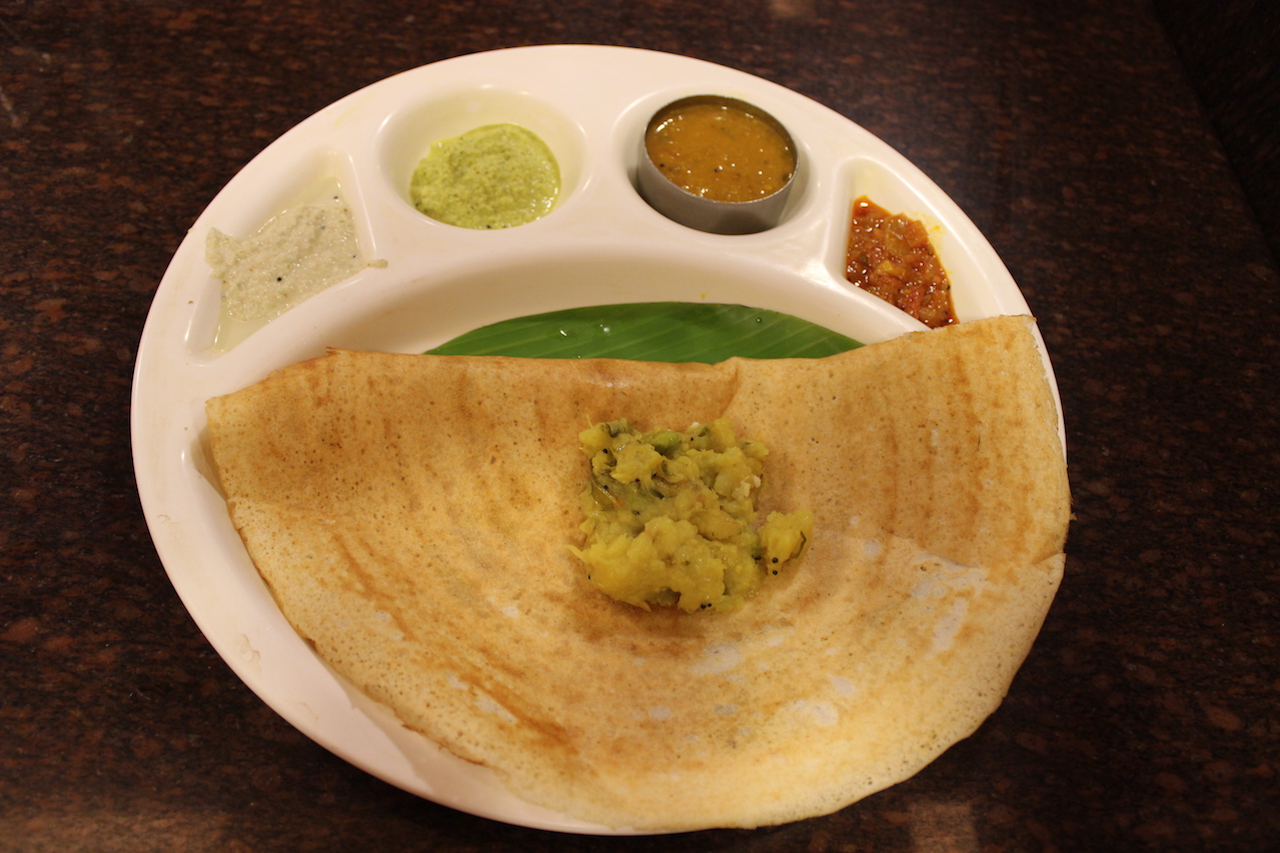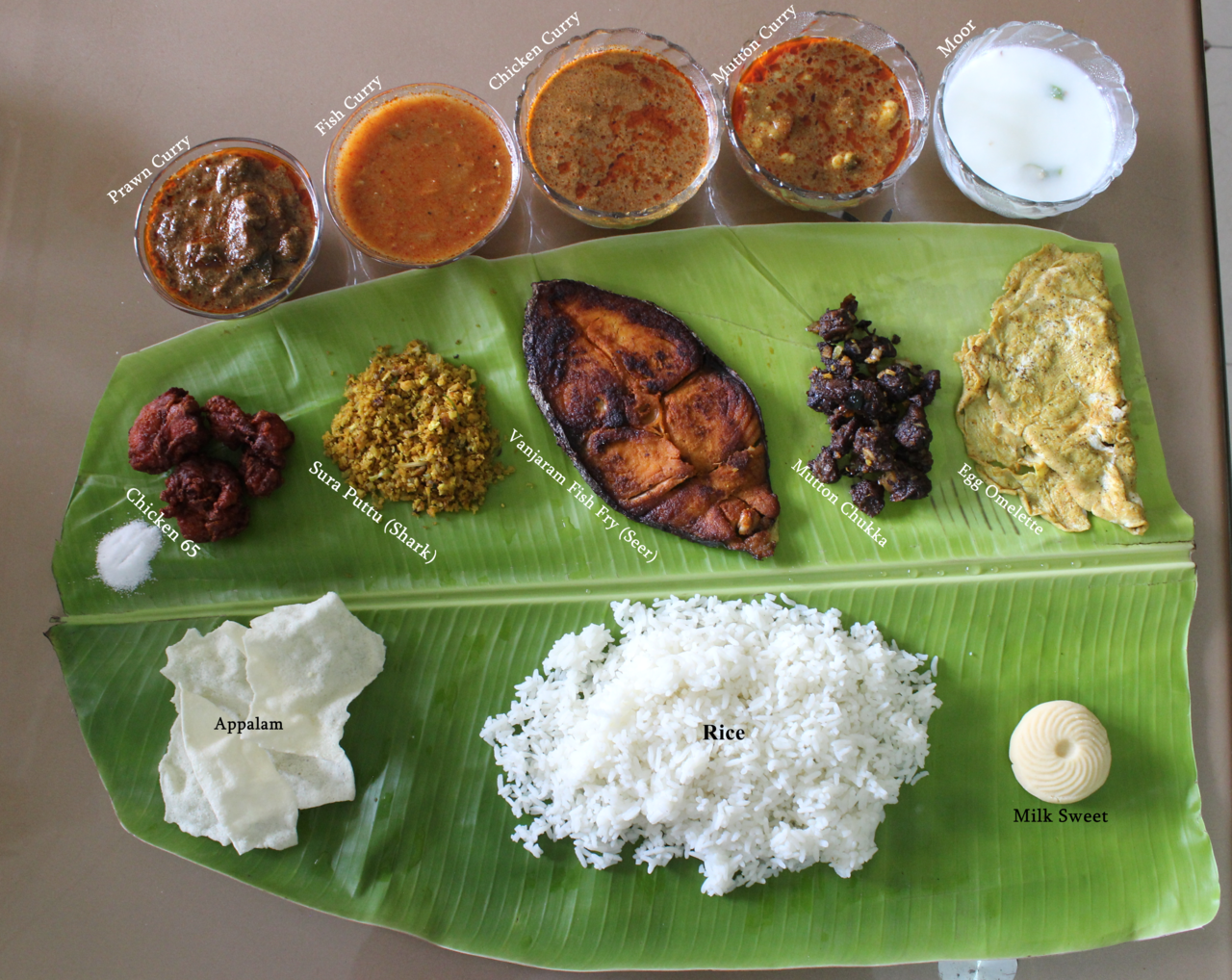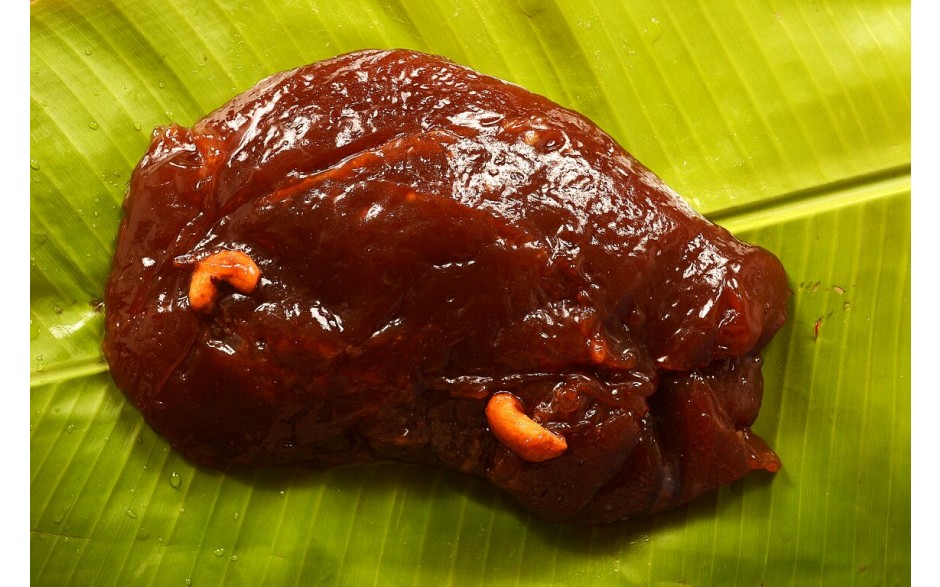Food is customarily an integral part of every travel plan. But for those foodies who unapologetically dine, gobble and stuff their way through all travels, their trips should be planned around food and more food. And our country does indulge you with so many signature dishes of different states.
Idli and Dosa, Karnataka:
Idlis are a south Indian’s staple diet. Karnataka especially Udupi, serves this famous preparation in different avatars; kadubu, moode or gunda, using banana or jackfruit leaves for moulds. Dosa also takes on interesting appearances with the most favoured one being the commanding Masala dosa. Stuffed with potato masala and served with sambhar and chutney, this dosa roasted to an attractive brown and glinting with ghee/oil is definitely a head turner.
Pongal, Tamil Nadu:
Pongal or VenPongal, is Tamil Nadu’s baby and also a favourite south Indian breakfast item. It has both a spicy and sweet version.The spicy version is best eaten with sambhar and chutney while the sweet version is offered as ‘naivediyam’ for most festivals.
Aviyal, Kerala:
Fresh and ‘coconutty’, the Aviyal is prepared with a variety of fresh vegetables, curd and coconut flavoured with coconut oil. Aviyal is omnipresent in the Kerala menu for all festivals and occasions.
Hyderabad Biriyani, Andhra Pradesh:
Cooked in a ‘dum’ the world famous Hyderabad biriyani retains all its spices, aroma and flavour that escapes to tease the senses when served. With a side serving of mirchkasalan, raitha and gongura pickle, it is an entire meal in itself.
Vada Pav, Maharastra:
This snack can be had any time of the day. VadaPav is presented with a dumpling of potatoes in gram flour sandwiched between two buns. The taste of VadaPav is accented with chutneys and deep fried green chillies.
Doi Machh, West Bengal:
For Bengalis fish curries and milk sweets go hand in hand. Any place you visit in Bengal, you are sure to get the local delicacy Doimachh which is a fish curry with rice and the hamper of sweet milk delicacies of Sandesh, Rasgulla and Mishtidoi.
Dhokla, Gujarat:
Every Gujarati dish maintains a balance of sweetness and spice. Several Gujarati dishes like Thepla, Khandhvi and Dhokla find a place in stores all over the world. For its delicate taste and easier cooking style, Dhokla is the show stopper here.
Daal-baati, Rajasthan:
Rajasthani food is as colourful as its people and culture. Many pulses are used in the dishes. Daal-baati is one of the kind. The Daal-baati is served with churma, a sweet dish. Rice or chapatis eaten with this will disappear in no time!
Makkai-ki-roti, Punjab:
Rich with corn fields, Punjab produces the most delectable corn breads or Makkai-ki-roti. This is served with a gravy prepared with locally grown mustard leaves, sarson-ka-saag which is a delicious accompaniment. Include other Punjab delicacies like Rajma-chawal, Chole-batura or Amritsarikulchas and Malailassi in your platter and you will do a round of bhalle-bhalle when you are finished with this sumptuous meal.
Paranthas, Delhi:
Delhi has many ‘parantha wale gallis’. The paranthas of Delhi are a huge attraction along with its chaat. Non-vegetarians will also love the Makhani chicken and Tandoori Chicken which are Delhi’s own production.
Kalaadi cheese, Jammu and Kashmir:
Made from cow’s milk, the Kalaadi cheese is a native dish of the state. The other local favourites made from produce from the state’s hills are Rogan josh, Yakhni, Haaksaag and Gustaba.
Tungtap and Jadoh, Meghalaya:
Another state that is partial to fish dishes is Meghalaya. Tungtap is the accompaniment served with Jadoh which is the flavoured rice. Individually the two dishes do not taste great but eaten together, they are a delicious treat.
Lucknowi Dal and Kebabs, Uttar Pradesh:
From this biggest state of India, we get many royal or ‘Nawabi’ dishes. Lucknow is in the forefront with its exotic Lucknowi dhal which has a texture than none other owing to milk being one of the ingredients. The famous kebabs that are the saviour of any tapas bar and dhabas are a heritage of Lucknow.
Khechadi, Orissa:
With one of the largest kitchens in the world in the temple of Puri, Orissa serves around 10,000 devotees with Prasad every day. One popular dish prepared as Prasad is the Khechadi which is Orissa’s version of the typical Khichdi. The dish is prepared steaming soaked rice and lenthils that is garnished with spices fried in ghee, making the Khechadi a filling and aromatic dish.
Travellers who think with their tongues and act with their taste buds can set out on many food trails in our country; any choice will be delicious.




